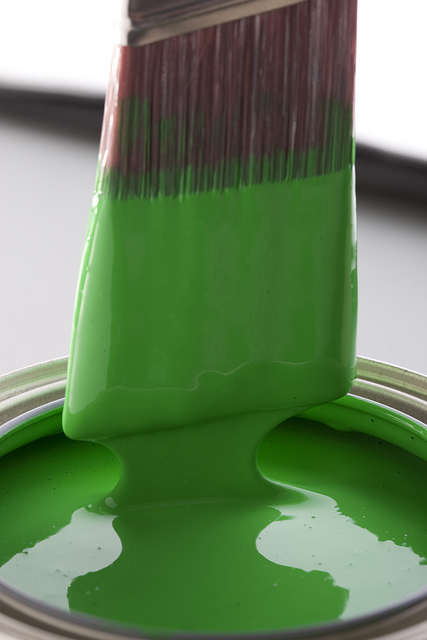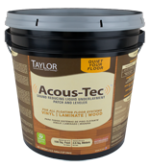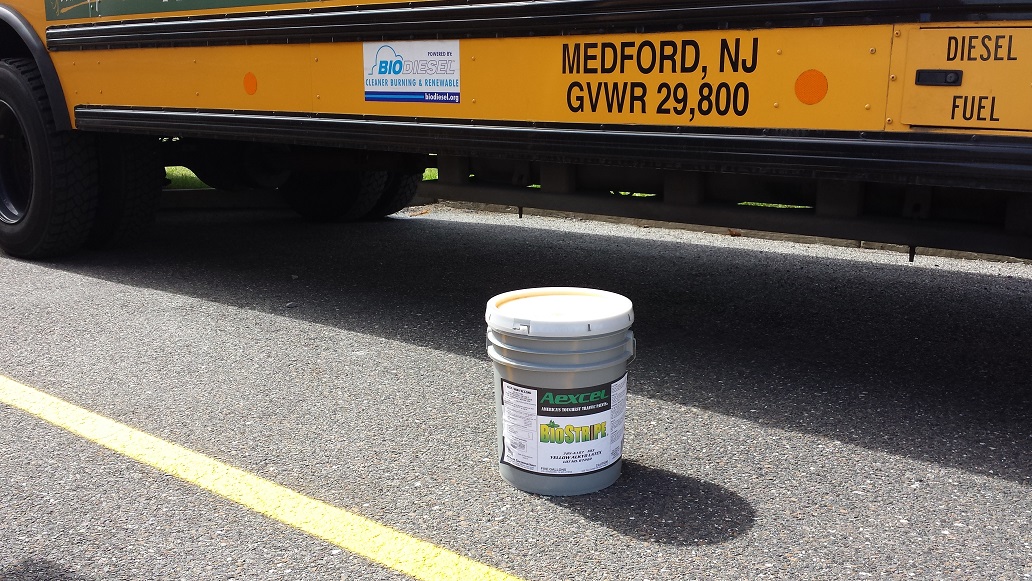
Soybean oil has been used in alkyd resins and as a drying oil for more than 60 years. Oil-based paints and coatings have utilized soybean oil as the binder along with a carrier solvent in both architectural and industrial applications.
The hydrophobic nature of soy increases the water resistance of a coating. The double bonds are cross-linkable and contribute to the film hardness, imparting durability and impact resistance. The C18 carbon chains allow for flexibility in a coating film and can be used to build up the molecular weight.
Soybean oil has five fundamental building blocks that are commercially available:
- Soybean Oil (Triglyceride)
- Soy Methyl Soyate (Methyl Ester of fatty acids from soybean oil)
- Epoxidized Soybean Oil (ESBO)
- Epoxidized Soy Methyl Soyate (EMS)
- Glycerin
Chemists are finding the C18 fatty-acid backbone of soybean oil can be derivatized into novel structures to make many types of coatings, including UV-curable resins, soy-modified latexes, reactive diluents, functional additives, diacids, diols and polyurethane dispersions.
Chemistries applied to soy and its derivatives include epoxidation, alcoholysis or transesterification, acidulation, direct esterification, metathesis, isomerization, monomer modification and various forms of polymerization.
The Clean Air Act in 1970, the California Air Resources Board (CARB) and South Coast Air Quality Management District (SCAQMD) regulations in Los Angeles have focused on lowering volatile organic compounds (VOCs) generated from coatings.
VOCs reduction, sustainability, environmental concerns and consumer demand are key drivers propelling exciting new developments in soy technology:
- Soy-based reactive oligomer technology targeted as a drop-in replacement for petroleum-based acrylic, ester, epoxy and phenol resins in bisphenol A-free applications. The new technology is readily scalable in existing manufacturing plants and is ready for commercialization. It provides excellent pot life when mixed with amino resins and amine crosslinkers and is easily formulated with solvents and crosslinkers for metal substrates.
- A United Soybean Board-funded research project verifies a soy-based impact modifier can be developed that improves the impact resistance of epoxies. The soy ingredient increases the bio-content of epoxy formulations by replacing solvents.
- A breakthrough, proprietary continuous process that synthesizes a base resin comprised of soy flour, epoxidized soybean oil and a carrier polymer and reduces conventional batch reaction times from several hours to a few minutes.
- A new platform for interior/exterior wood stains and finishes uses a soy-based polyurethane formulation that demonstrates high performance (in areas such as water and stain resistance, low VOCs) while lowering raw material costs.
- Soy-based acrylic mulches and grass coatings commercialized this year.
- A new platform soy-based alkyd technology for lower VOC wood coatings and stains that uses soy as a reactive diluent. Reactive diluents are multifunctional, acting as both the solvent and film curing component, and reduce the VOCs in the coating formulation.
- A soybean oil-based polycarbonate polyol that incorporates CO2 for polyurethane coatings.
- Novel chemistries to attach antimicrobial structures to soy molecules that address concerns of leaching from various coatings such as polyurethanes, epoxy and acrylics.
- Soy-based formulations as replacements for paraffin wax used to coat fruit and vegetable boxes in the food industry.

Soy inks — Many of America’s daily newspapers use soy ink in their presses. Soy ink can also be used in soy-based toner for copy machines and computer printers.
A USB-sponsored project was successful in developing soy-based ink formulations for emerging inkjet markets. Inkjet printing is projected to replace the more traditional printing: offset, gravure, flexography and screening in the coming years.



